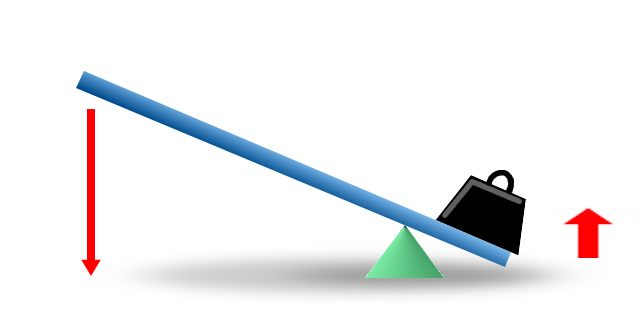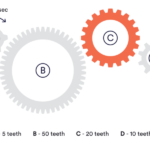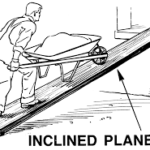A lever is a simple machine made with a bar that moves on a surface point called a fulcrum. Force (input) is exerted upon the bar to move (output) an object or load. The following information about these simple machines will help you answer questions about how they work.
As depicted below, there are several types of levers which vary according to the location of the fulcrum:

Most questions about levers focus on the 1st class of lever and are generally designed to test your understanding of the concepts of leverage and weight distribution. Considering this, the following key facts can be useful for answering the example questions on the next pages.
Key Facts
· The fulcrum can be moved depending on the weight of the load to be lifted or the force you wish to exert.
· The closer the load is to the fulcrum, the easier it is to move.
· The shorter side of a lever has more work to do to counter the effect of a longer side.
· Generally, whenever force is applied to a point more distant from the fulcrum, less force is needed to accomplish the same amount of work (i.e., more leverage is given). Hence, an equal amount of force will do more work as it moves away from the fulcrum.



The answer is B. In Situation B, the length of the lever on both sides of the fulcrum is equal, as is the weight supported on each side. This represents a “balanced” situation. It is physically impossible for the lever to remain balanced in Situation A because there is more weight on the right side.
Solution Pointers for Levers questions:
· Evaluate the relative weights of the load(s) on the lever.
· Assess the distance between the load from the fulcrum and the force from the fulcrum.


